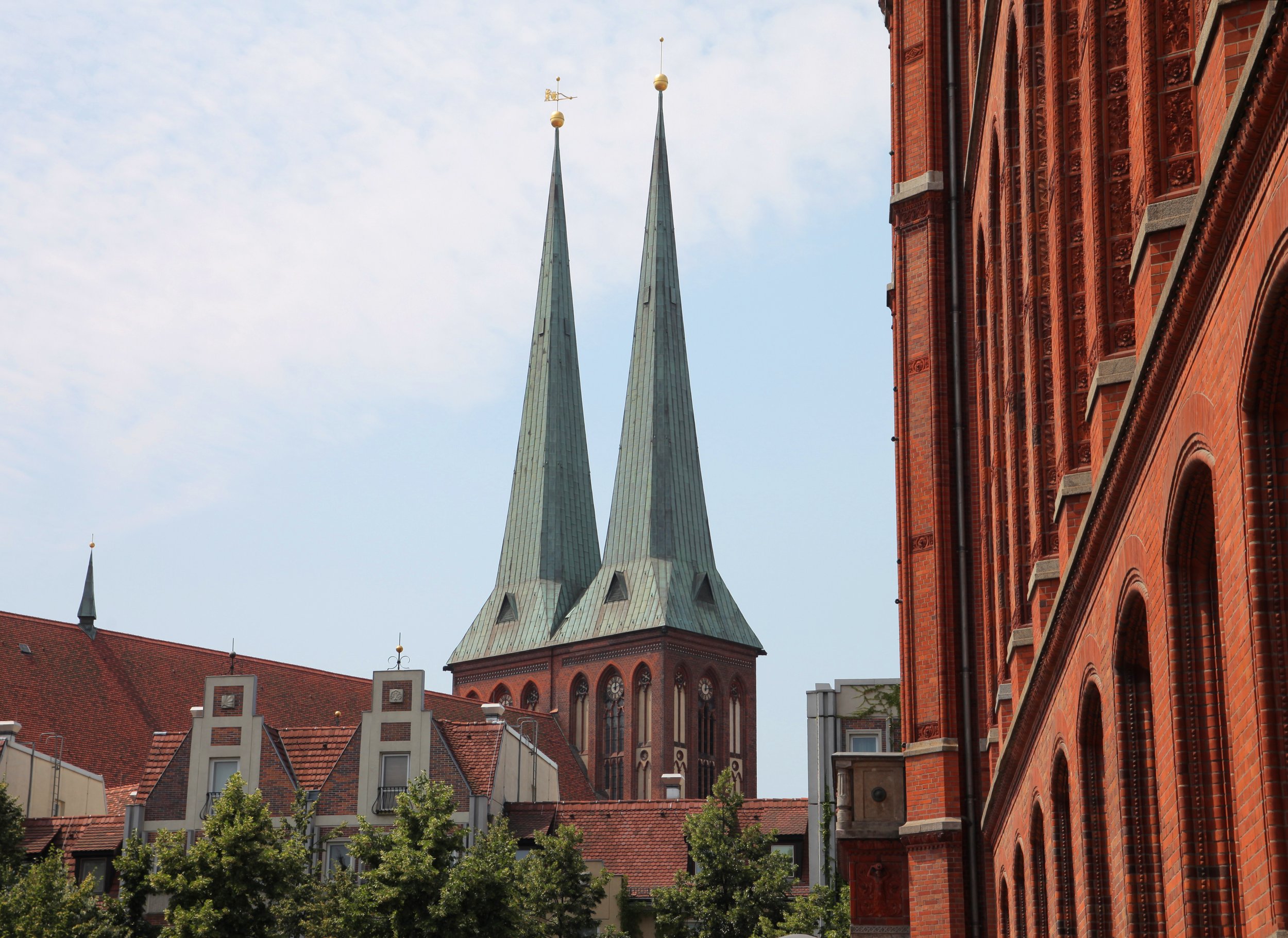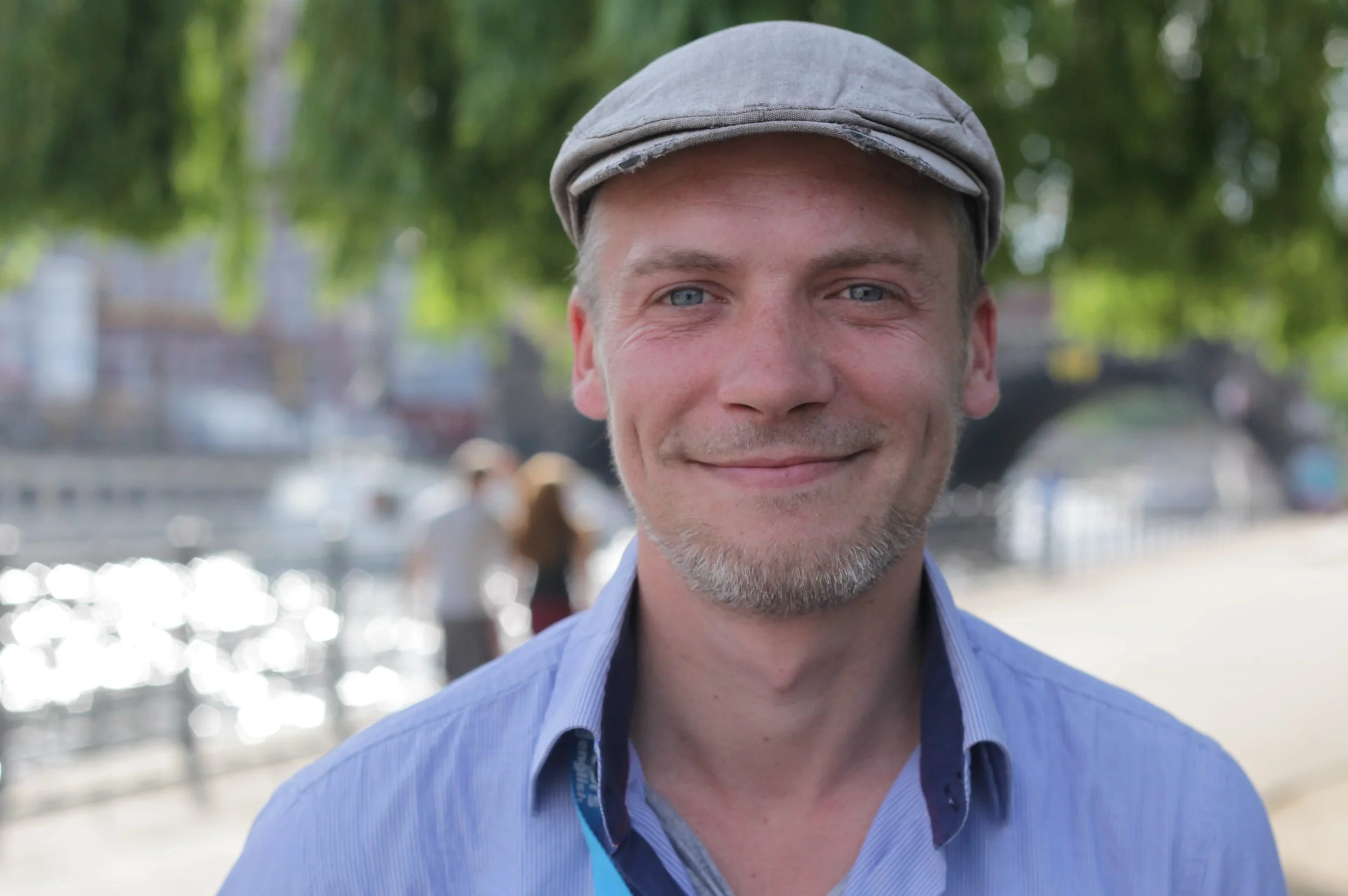
Medieval Berlin Tour – Step Back in Time
Medieval Berlin
The area around Berlin known as Brandenburg was originally inhabited by Slavic tribes who were gradually pushed out or assimilated by German settlers during the 12th and 13th centuries. The city referred to as “Berlin,” first mentioned in writing in 1244, was established during this time period and became an important center of commerce due to its favorable position along the river Spree, which allowed access to some of the most important markets in medieval Europe.
While there is very little left of the ancient settlement, there are still a number of landmarks such as the St. Mary’s Church and the St. Nicholas Church, both of which are as old as the city itself, that attest to Berlin’s early history and its connection to important events during the Middle Ages, the Renaissance, and Reformation. Here in the St. Nicholas Quarter, you can get a sense of the humble origins of one of Europe’s largest metropolises.
Tour
Highlights
-
The ghost of Goethe’s Faust lurks in every marble corner of Leipzig’s finest shopping arcade, Mädler Mall. One of the scenes in Faust is set in the famous Auerbachs Keller restaurant, at No. 2.
-
Leipzig’s showpiece is its huge, old market square. One side is completely occupied by the Renaissance town hall, the Altes Rathaus.
-
Museum of Fine Arts, the city’s leading art gallery is minimalism incarnate, set in a huge concrete cube encased in green glass in the middle of Sachsenplatz Square.
-
Thomaskirche (St. Thomas’ Church)
Bach was choirmaster at this Gothic church for 27 years, and Martin Luther preached here on Whitsunday 1539, signaling the arrival of Protestantism in Leipzig. Originally the center of a 13th-century monastery, the tall church (rebuilt in the 15th century) now stands by itself. Bach wrote most of his cantatas for the church’s famous boys’ choir, the Thomanerchor, which was founded in the 13th century; the church continues as the choir’s home as well as a center of Bach tradition.Nikolaikirche (St. Nicholas’ Church)
This church with its undistinguished facade was center stage during the demonstrations that helped bring down the Communist regime. Every Monday for months before the government collapsed, thousands of citizens gathered in front of the church chanting “Wir sind das Volk” (“We are the people”). Inside are a soaring Gothic choir and nave -
The most famous of Leipzig’s restaurants consists of an upscale, international gourmet restaurant and another restaurant specializing in hearty Saxon fare, mostly roasted meat recipes. There’s also a good wine list. l It has been around since 1530 (making it one of the oldest continually running restaurants on the continent), and Goethe immortalized one of the several vaulted historic rooms in his Faust
-
On the city’s outskirts, Prussian, Austrian, Russian, and Swedish forces stood ground against Napoléon’s troops in the Battle of the Nations of 1813, a prelude to the French general’s defeat two years later at Waterloo. An enormous, 300-foot-high monument (Völkerschlachtdenkmal, or “Memorial to the Battle of the Nations”) erected on the site in 1913 commemorates the battle.
-
The restored art nouveau house dates from 1908. Riquet is a company that has had dealings in the coffee trade in Africa and East Asia since 1745, as is indicated by the large elephant heads adorning the facade of the building.
-
With 26 platforms, Leipzig’s main train station is Europe’s largest railhead. It was built in 1915 and is now a protected monument, but modern commerce rules in its bi-level shopping mall (the Promenaden). The only thing the complex is missing is a pub
AVAILABLE GUIDES:
















